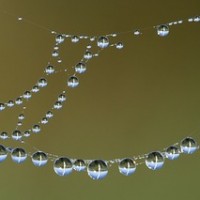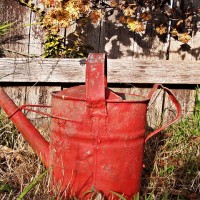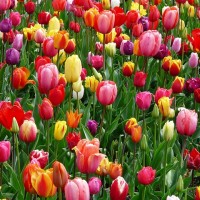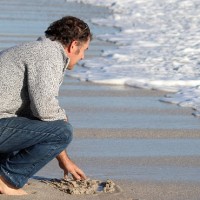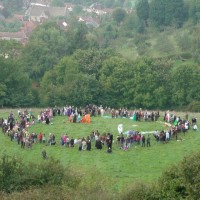
A life sustaining world begins with slowing down
The overriding assumption of our industrial growth society is that we are and should be making progress. It urges us to do better. Better than we did last year. Better than previous generations. Better than our peers. It exhorts us to go faster, do more, achieve. And so we all rush to a goal that Read More …
